Tower of London guardian says proposed new attraction should be referred to Unesco
The charity that manages the Tower of London has called for Foster & Partners’ Tulip tower proposals to be rejected because of their impact on the nearby landmark, which is a Unesco World Heritage Site.
Historic Royal Palaces said the plans for a 305m tourist attraction next to Foster’s 30 St Mary Axe – more commonly known as the Gherkin, would be “extremely damaging” to the setting of the Tower and that its “eminence as an iconic, internationally famous monument” would be challenged in particular views.
In addition to objecting to the proposals, the charity – which also manages Hampton Court Palace and the Banqueting House in Whitehall – said local planning authority the City of London should give Unesco the opportunity to offer its views before it determines the application.
Historic Royal Palaces’ concerns come on top of those from Historic England earlier this month and London City Airport last month.
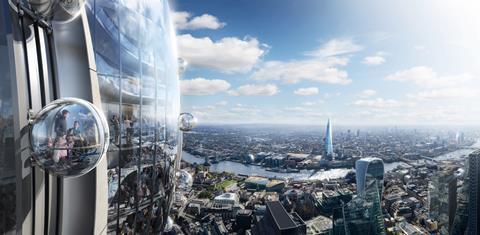
In a letter to City planners, Historic Royal Palaces officials Deborah Bird and Adrian Phillips said the organisation believed Foster’s tourist tower would have “a seriously damaging effect on aspects of the Outstanding Universal Value of the Tower of London World Heritage Site”.
They also disagreed with multiple assessments of the proposals’ impact contained within application documents submitted by the design team – led by Fosters – on behalf of client Jacob J Safra, the billionaire banker who owns the Gherkin.
Bird, who is property manager and Tower of London WHS coordinator, and Phillips, who is palaces and collections director, said they supported Historic England’s observations that the Tulip proposals would provide a “vertical cliff edge” to the City’s Eastern Tall Buildings Cluster, some 600 metres away from the Tower.
“Due to its great height, exotic and consciously eye-catching form and proximity to the Tower, the proposed Tulip would significantly increase existing visual damage to the western setting of the WHS,” Bird and Phillips said.
They said the result would be that the “iconic status of the Tower as a symbol of royalty and power” would be challenged and that the historic dominance of the White Tower would be further diminished “thus harming key attributes of the Outstanding Universal Value of the WHS”.

Bird and Phillips said Historic Royal Palaces “disagreed strongly” with the suggestion in a heritage impact assessment supporting the proposals that “the proposed development has been carefully designed through a process of pre-application consultation with stakeholders to respond positiviely, in concept, scale and mass, to the Tower of London World Heritage Site.”
“The stakeholder consultation did not include Historic Royal Palaces… as confirmed in the design and access statement,” they said.
“We were shown the proposal in its final form just two weeks before the formal planning application was submitted.”
>> Also read: From halo to horticulture: Evolution of Fosters’ Tulip revealed
>> Also read: Foster’s Tulip baffles London Eye creator
Bird and Phillips said that HRP also disagreed fundamentally with one of the heritage impact assessment’s conclusions, which suggested that only one view of the Tower of London would be affected: its appearance from the North Bastion of Tower Bridge.
They said that although the heritage impact assessment described the degree of harm caused by the proposals as “less than substantial” in terms of the measures used by the National Planning Policy Framework, the magnitude of change was described as “major” and the significance as “very major, adverse”.
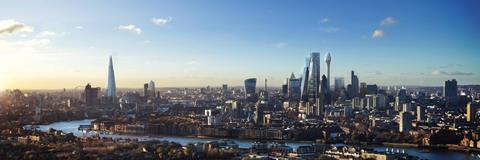
Their letter said the NPPF was clear that the degree of impact was proportionate to the significance of a designated heritage asset and that the Tulip impact assessment had underestimated the additional harm.
In particular they said the project team’s argument that the the new tower would be seen in a context of a backdrop of existing tall buildings was “simply not acceptable”. “Existing harm can never justify further harm,” Bird and Phillips said.
“The height, proximity and self-consciously dramatic design of the proposed development would diminish the Tower WHS, reducing it to the appearance of a toy castle, set down between the ever-growing Eastern Cluster and Tower Bridge,” they said.

Their letter added that, if built, the Tulip would “seriously” affect views from within the Tower of London’s grounds, appearing above the eastern end of the Chapel Royal of St Peter ad Vincula.
They said that during winter when the leaves of trees that screened the view were lost, the Tulip would become “an alien and distracting object, clearly seen against open sky above the chapel roof”.
Bird and Phillips also strongly disagreed with the Tulip project team’s evaluation that there would be a “major beneficial” effect on some views of the Eastern Cluster from the Tower of London’s grounds as a result of the delivery of a “high-quality new landmark” to the skyline.
“The height and attention-seeking nature of the Tulip’s design would make it the most visually intrusive element of the cluster in these views,” they said. “Its effect would be both major and adverse.”
Fosters said in a statement that comments from relevant organisations were “welcome as part of the normal consultation process” on the proposals.
“We recognise the position of Historic Royal Palaces as an important local stakeholder whom we engaged with prior to the submission of this planning application,” the practice said.
“We will continue to work with the City of London Corporation and stakeholders to address these comments as part of the planning process.”
As the scheme currently stands, the Tulip would deliver just under 3,000sq m of new space, principally in the 12-floor structure at the top of its concrete shaft.
In addition to the main tower, the planning application also includes a new entrance pavilion with public roof terrace and a dedicated education centre for the capital’s state school children.
Construction could start in 2020 and be completed in 2025, according to Safra. The City of London has indicated that it plans to determine the application by March next year.











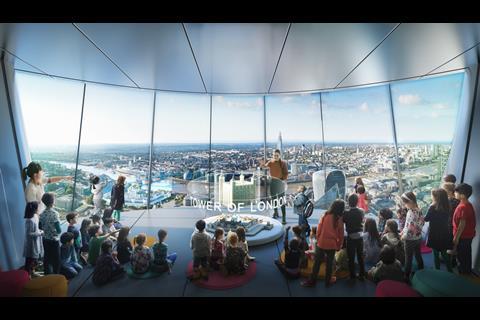

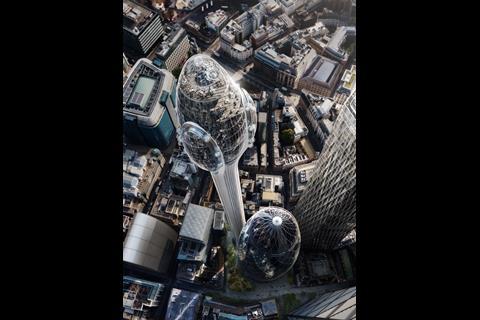

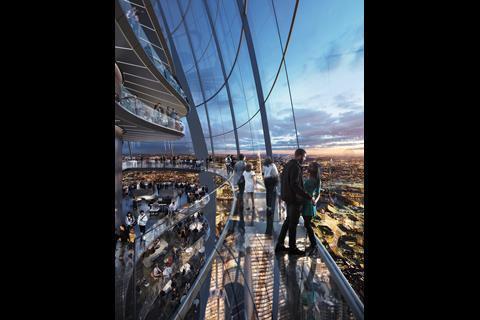

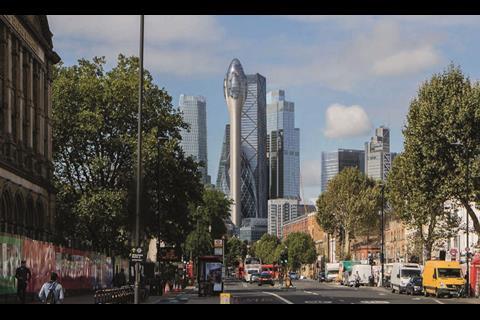









5 Readers' comments